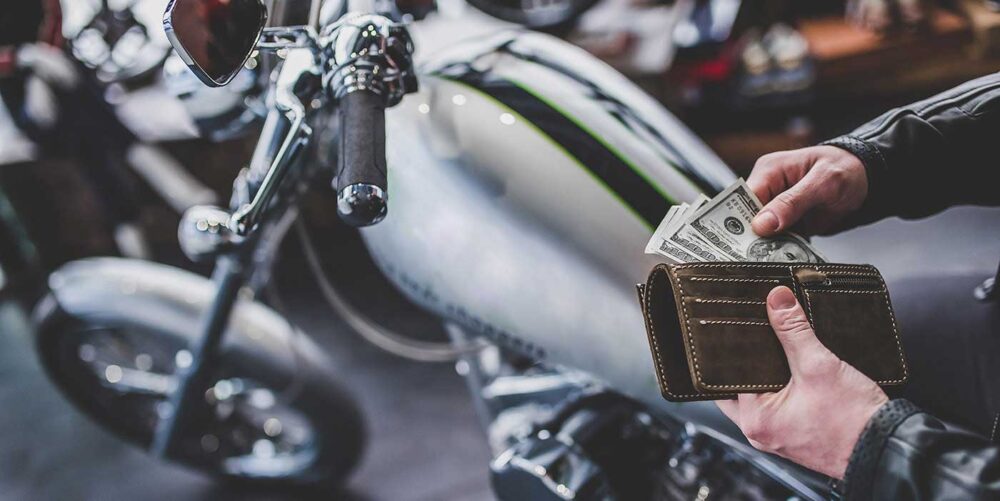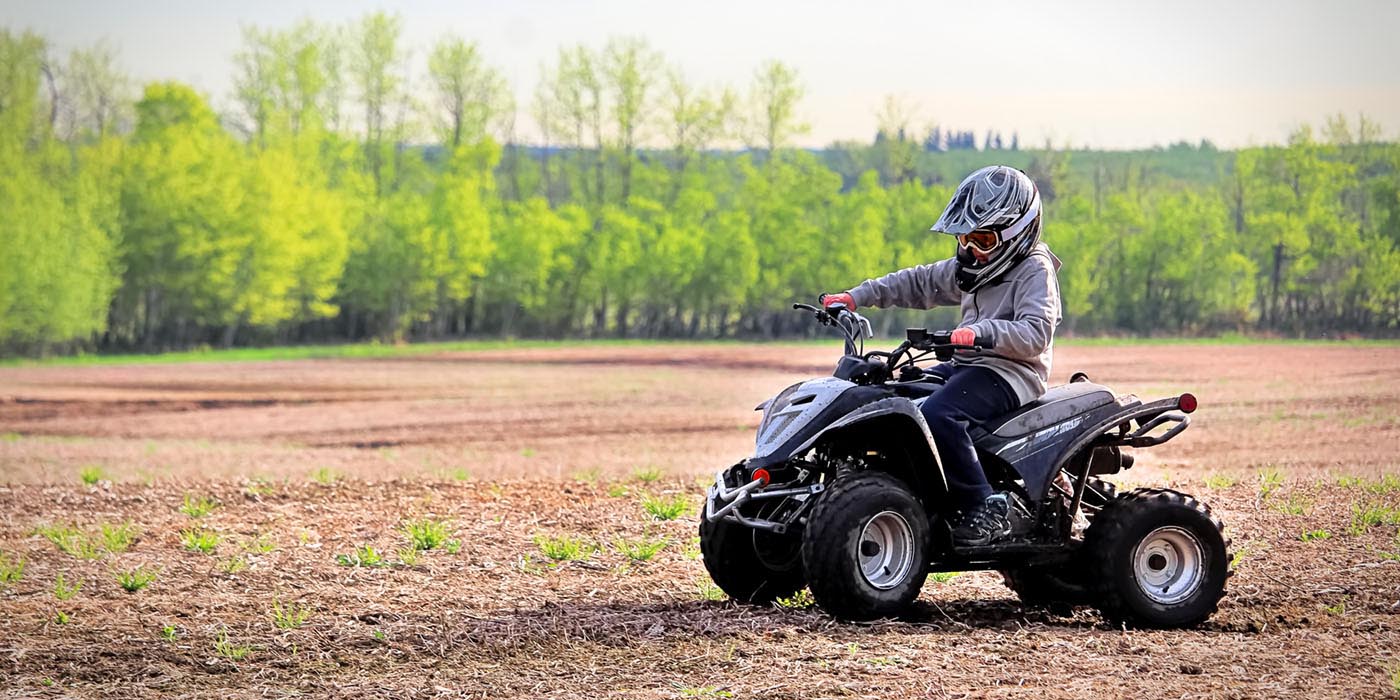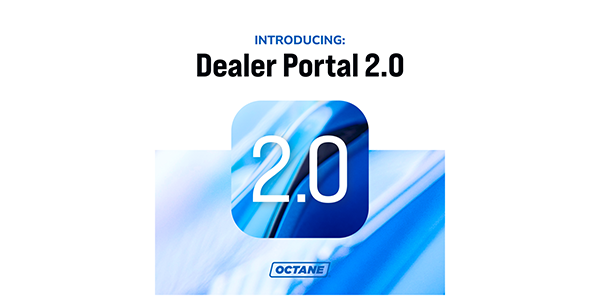The economy has been a sore topic among consumers for years; with everything getting so expensive, consumers have been tightening their belts. However, according to a recent consumer sentiment survey that Cycle Trader conducted, a majority (67%) of potential powersports buyers believe the economy will improve or remain stable, and 53% feel the economic climate doesn’t influence their purchasing decisions. In fact, 65% anticipate buying a new ride by summer, with a majority confident in a swift acquisition process. To that end, while 62% of consumers prefer to pay with cash, nearly 40% still explore financing.
We spoke with Phillip Billups, vice president of verticals at Trader Interactive, parent company of Cycle Trader, to dive deeper into the consumer sentiment survey’s results to try to get a better forecast for dealers in 2024.
MPN: What is your outlook for the powersports market in terms of revenue for 2024 and how does that compare to the last few years?
Phillip Billups: The powersport market does confront some challenges in 2024, and a lot of that is just marked by declining overall revenue and financial pressures on front-end margins from high interest rates that we’re all experiencing and just the costliness of vehicles. Despite some of these hurdles though, a silver lining does emerge in the form of small increases in service revenue that does suggest potential opportunities through backend protection products, warranties, tire/wheel, prepaid maintenance, etc. To navigate these challenges, EFG Companies — you guys referenced them in a Dec. 20 blog post — recommends a strategic approach for dealers, urging them to prioritize F&I training, reassess reinsurance positions and ensure that they solidify succession — just general key measures to enhance long-term profitability. Adding to that, our current data here at Cycle Trader highlights the noteworthy stabilization in inventory levels with the highest amount per dealer since July 2020.
This influx, as most everybody will know, is a result of normalizing inventory production post-COVID, coupled with economic shifts in 2023 that did lead to a habit to decreased consumer spending on luxury goods, allowing that new inventory to repopulate. However, the outlook for 2024 is less promising, primarily due to dealers maintaining inflated prices post-COVID. I think we’ll start to see some softness there, and that’s also compounded by a lack of consumer demand, as auto loan rejection rates are still at all-time highs.
Despite these economic uncertainties, a strategic focus on fundamentals, as I referenced earlier, and adaptability to market demands can position powersports dealers for success in the evolving landscape, especially coupled with the optimism shown from our marketplace consumers and our most recent sentiment survey.
MPN: You noted a lack of consumer demand in 2023. How do consumers view the economic outlook for 2024, and is it affecting their decisions to purchase powersport vehicles?
PB: It definitely is. There’s a couple points I can touch on here among the respondents in a recent survey that we did conduct on Cycle Trader Marketplace. Just for the record, there’s 286 participants; 67% of the respondents expressed a belief that the economic environment will either improve or remain stable in the next six months, while the other 33% anticipate a worsening economic environment. More people believe it will at least be stable than those who think it will get worse.
However, what was an interesting outcome from the survey is that even though consumers’ outlook is that economic conditions are not ideal right now, they are still continuing with their purchases anyway. For those who responded that the economy would be staying the same or getting better, 53% assert that the economic climate exerts no influence on their purchase decisions, while an additional 21% contemplate broadening their purchase and 27% are considering purchasing sooner.
For those who say the economy is getting worse, 47% said that economic conditions won’t sway their buying decisions, with only a few saying they’re adjusting their purchase to account for the economy; 21% said they’re giving themselves a smaller budget, and 19% are considering use — also a view on reducing the amount that they’re going to spend on the next purchase. Interestingly though, only 10% are considering delaying their purchase until they feel the economy has improved.
From these responses, it really just seems like people are looking to make their purchases regardless of where they think the economy stands, but they’re just adjusting what they’re looking to buy. Basically, something that’s cheaper, when you really boil it down.
MPN: Why do you think concerns about the economy are not necessarily translating into that hesitancy over buying?
PB: It is a bit of a tricky kind of conundrum. The survey results came as a bit of surprise. Despite these growing concerns across the industry with the current economic landscape, we didn’t see a complete lack of hesitancy among the respondents, as noted. Like the 47% who mentioned the economy wasn’t a major factor in their decisions was a larger chunk than we expected. And it’s possible that these individuals are already leaning towards conservative spending.
I think everybody is adjusting. I don’t think that a lot of folks are fearful of losing their job. That’s a big thing when you have big economic challenges. If the job market looks really shaky and people don’t think that they’re going to have an income at all, that’s very different than saying, “I just can’t spend as much.” With that said, while most were thinking about a lower budget or a used unit, a notable 10% ponder delaying their purchase until economic conditions improve, which suggests that buyers are keen on making a purchase but are adjusting their expectations based on their current financial situation — kind of waiting it out to see if there’s a deal to be had.
MPN: What are the factors that are going to impact a buyer’s purchasing decision the most? If it’s not the economy, what is it?
PB: In the survey, we had two questions around what would make individuals consider purchasing sooner and what would need to happen to make them hold off. Some data points here in order to want to purchase sooner: 85% of the respondents said more external factors, such as lower interest rates. Everybody’s hoping for that. Lower vehicle prices, as I mentioned earlier: People are waiting for that deal as they see more new bikes get on the showroom floor. Then, about 34% saying personal factors, such as a change in their financial situations — maybe a new job or a change in a relationship, such as marriage and things like that. These are big lifetime changes that will obviously impact spending that you may have on a lifestyle item like a powersports vehicle or motorcycle.
As for the question asking: What would make them delay their purchase? A large chunk accounted for about 55% more internal factors, such as their personal situation changing again — job changes and relationship status and some of the same themes. Financial consideration was close behind, as interest rates and rising vehicle prices were two of those factors. On both of those fronts, it’s kind of the same reasons, but they’re flipped.
MPN: What are consumers feelings about buying used versus new nowadays? Now that you say inventory has stabilized, are people going back towards new, and are prices for used coming down?
PB: The new versus used landscape is evolving in response to market dynamics in 2022. Despite a 6.2% dip in new model retail sales, OEMs still celebrated record sales on the tailwinds of that post-COVID bump, which led to that scarcity of new units in the market. It did prompt and increase reliance on pre-owned sales, as that’s all that was available then. What’s interesting is that, as far as the shift that we observed on consumer behavior on our platform on Cycle Trader, ATV Trader, and Snowmobile and PWC Trader, the return to more seasonal norms in 2022, coupled with a decrease in leisure time as people return to office, resulted in a corresponding drop in demand for recreational products, including powersports vehicles. The bottom line, in 2022, things started to get more stable, and just generally, there was a decrease in looking, period. These lifestyle things were gangbusters in 2020, but it has come back down.
Despite those challenges, the powersports industry has demonstrated some definite resilience with registrations for both new and used units, remaining elevated compared to 2019, which is what we’ve been using as a bellwether, but it’s getting so far in the rearview, that at this point, we’re moving beyond what it was pre-COVID, and we’re really starting to look at year-over-year. With that said, as we look at the freshest dataset from Dec. 2023, consumer searches increase year-over-year, and our data indicates that the majority of consumers are now favoring searches for used over new. This shift does align with the fact that in Dec. 2023, the average rejection rate for auto loans reached its highest level.
In the midst of those existing economic challenges, it suggests that consumers are leaning towards used units. Some of that really just boils down to the math: again, seeking options with the smaller down payments, and sometimes they may not even need financing for those lower-priced used units. We are still seeing a lot of data in there, but to sum it up, we are still seeing a lot of interest in used. I think that’s just based on how much things are costing and whether or not a consumer needs financing, and if they do, what is the rate and what is the amount they have to finance.














